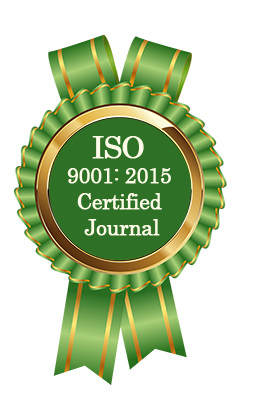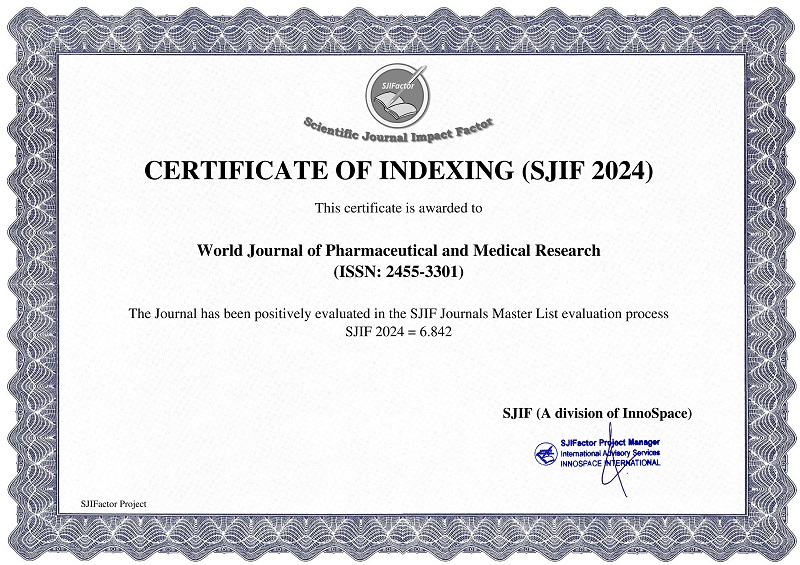RECONSTRUCTION OF ULNAR BONE DEFECT USING NON-VASCULARIZED FREE FIBULAR TRANSFER (A CASE REPORT)
EL Maqrout Amine*, Rhouri F., Mekkaoui J., Boufettal M., Bassir R. A., Kharmaz M., Lamrani M. O. and Berrada M. S.
ABSTRACT
This case report discusses the reconstruction of a ulnar bone defect in a child using a non-vascularized free fibula graft. The patient suffered a traumatic injury to the forearm which led to osteomyelitis of the ulna. After failed treatments at a provincial hospital, the child underwent a successful surgery at a university hospital in Rabat. The non-vascularized fibula graft was harvested from the leg and used to fill the bone defect in the forearm. The graft consolidated after 10 months, with subsequent regrowth of the fibula in the donor site. The study highlights the efficacy of non-vascularized free fibula grafting in reconstructing bone defects in the forearm, especially in pediatric cases. The discussion includes comparisons with vascularized grafts and recommendations for optimal outcomes in such procedures.
[Full Text Article] [Download Certificate]



